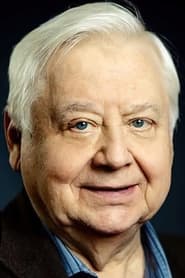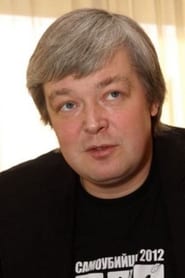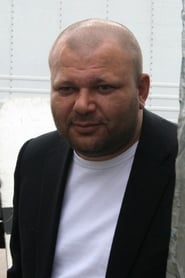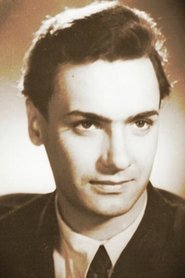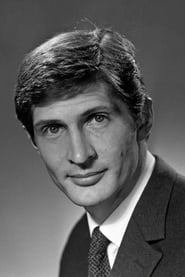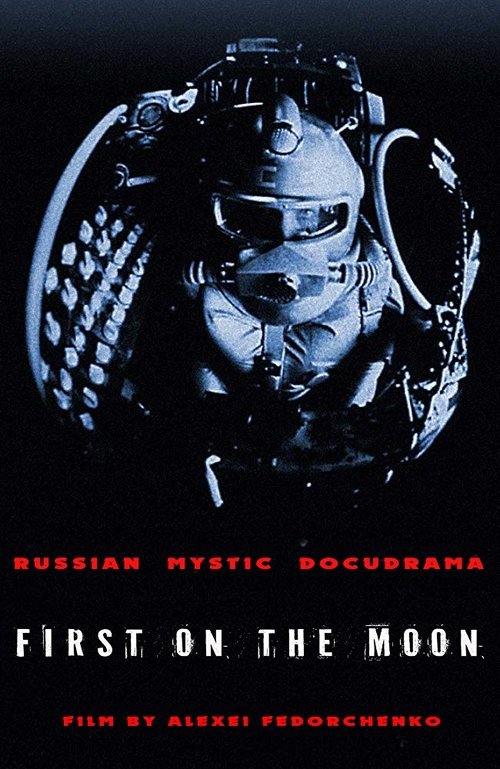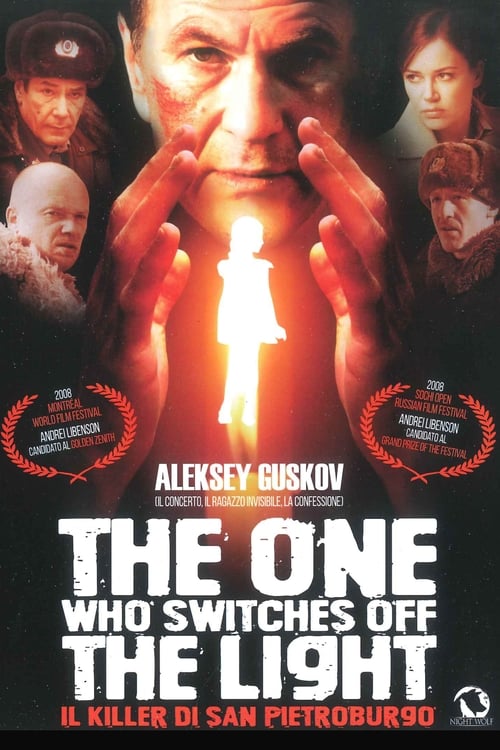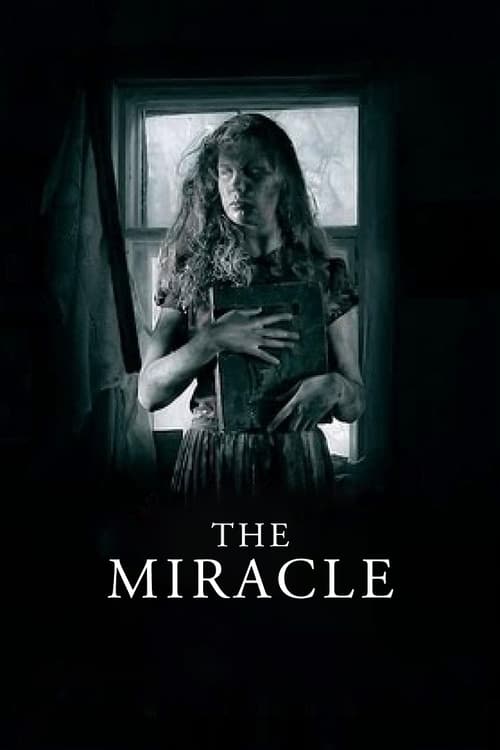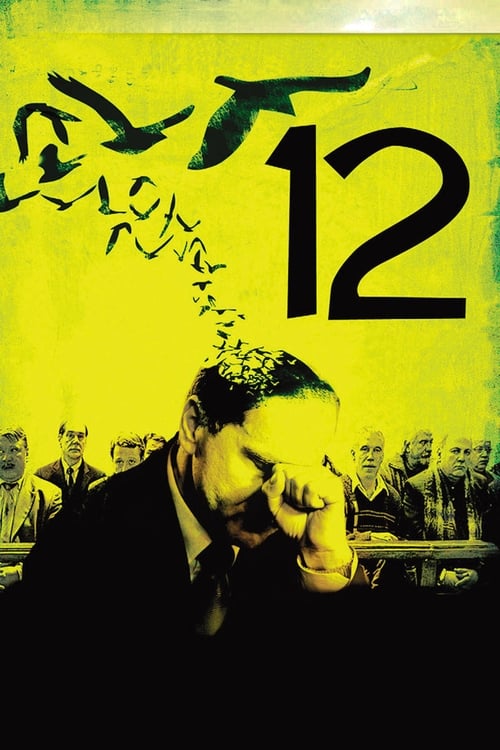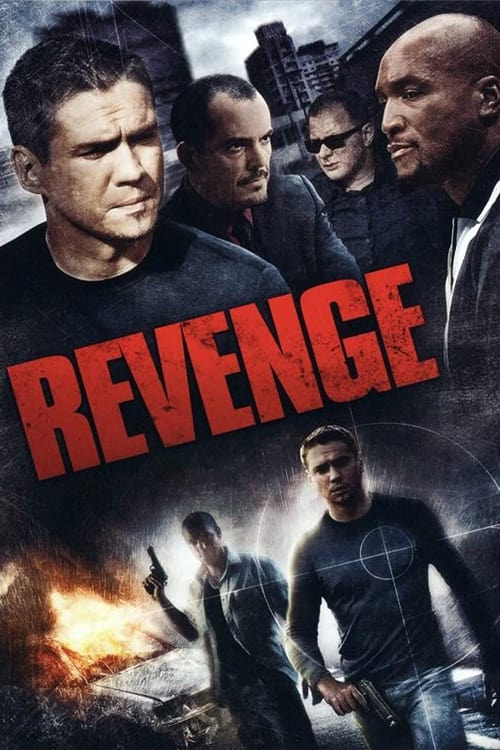
Ask Your Own Question
What is the plot?
The film opens in the cold, gray dawn of 1891 aboard the Petersburg-Moscow train, a symbol of the Russian Empire's vast reach and simmering unrest. The train nears Klin station, the last stop before Moscow, and tension hangs thick in the air. In a heavily guarded special compartment rides Adjutant-General Khrapov, the feared Minister of Police, a man whose enemies lurk in every shadow of the Empire. His presence commands vigilance; his guards are alert, their eyes sharp as the train rattles through the snow-covered landscape.
Suddenly, a man arrives at the compartment door, presenting himself as Erast Petrovich Fandorin, the renowned State Counsellor and official for special assignments to the Moscow governor-general. The guards, briefed on Fandorin's appearance, accept his forged documents and the man's confident demeanor. "I am State Counsellor Fandorin, here to ensure the General's safety," he asserts calmly, his voice steady. The imposter's face is made up to resemble the real Fandorin, though only faintly; nevertheless, the guards step aside, allowing him access.
Inside the compartment, the imposter strikes swiftly and mercilessly, stabbing Khrapov with a knife whose hilt bears the cryptic initials "BG." The General's blood stains the compartment floor, and the killer vanishes before the guards can react. The "BG" mark is a chilling signature--the symbol of the elusive revolutionary terrorist group known as the Boevaya Gruppa, or Combat Group, which spreads fear across Moscow and St. Petersburg alike.
As the train pulls into Klin station, the imposter disembarks, melting into the bustling crowd of snow-dusted streets and troika carriages. His name is Green (Grin), a revolutionary leader who has meticulously studied Fandorin's mannerisms and appearance to execute this audacious assassination. Green is not alone; he is soon joined by his three accomplices--Rakhmet, Emelya, and Snegir--and aided by Needle, a local revolutionary who guides them through Moscow's labyrinthine safe houses nestled in the city's poorest districts. These hideouts are cramped, shadowed spaces filled with radical literature and weapons, the air thick with the scent of rebellion and desperation.
Meanwhile, the real Erast Petrovich Fandorin arrives in Moscow, summoned to investigate the murder that now bears his own name. At the Moscow governor-general's office, a room cluttered with maps, telegrams, and files, Fandorin begins piecing together the puzzle. His reputation precedes him--an unemotional, daring detective with a history of thwarting revolutionary plots--but this case is different. The guards who met the imposter immediately recognize the deception; the killer only resembled Fandorin faintly, the makeup a poor mask over his true identity.
Soon, Prince Pozharsky arrives in Moscow, a legendary detective and descendant of Dmitry Pozharsky, the historical hero who ended the Time of Troubles. His grand mansion, filled with relics of past cases, becomes his headquarters. Pozharsky's arrival sparks tension; he takes over the investigation with a forceful hand, his methods aggressive and uncompromising. He and Fandorin clash over authority and approach--Pozharsky favors intimidation and brute force, while Fandorin relies on subtle deduction and patience. Their rivalry escalates, a battle of wits and wills amid the political turmoil.
Fandorin tracks Green to one of the revolutionary safe houses. The confrontation is tense but non-lethal. "You are not Fandorin," Fandorin states coldly, his piercing gaze locking onto Green. "You wear his face, but you lack his mind." Green, nervous yet defiant, slips away into the shadows, leaving Fandorin with more questions than answers about the "BG" organization's reach and plans.
Throughout Moscow's icy streets and crowded public squares, the hunt intensifies. Fandorin and Pozharsky pursue the members of the Combat Group with increasing urgency. Skirmishes erupt, but no further deaths are shown on screen beyond Khrapov's assassination. The revolutionaries scatter, their network strained but not broken.
Revelations unfold: the "BG" initials stand for Boevaya Gruppa, a terrorist faction bent on overthrowing the Tsarist regime. Green leads this group, with Rakhmet, Emelya, Snegir, and Needle as key operatives. The knife used to kill Khrapov is a chilling calling card, linking this murder to a series of violent acts designed to destabilize the Empire.
Fandorin's past emerges in flashbacks and conversations. He has tangled with revolutionary elements before, his reputation as a detective both respected by allies and feared by enemies. Pozharsky's motives remain ambiguous--sometimes ally, sometimes adversary--his own agenda weaving through the investigation like a shadow.
As the investigation reaches its climax, Fandorin and Pozharsky converge on the Combat Group's final safe house in Moscow. The atmosphere is electric with tension; snow falls silently outside as the two detectives prepare to outmaneuver the revolutionaries. Inside, Green is cornered, his options dwindling. Yet, with a desperate gamble, he escapes, leaving behind a cryptic message scrawled in blood: "The fight is not over."
In the final confrontation between Fandorin and Pozharsky, the two men acknowledge each other's skill and determination. Pozharsky, ever the enigmatic figure, departs Moscow, his role in the city's struggle concluded for now. Fandorin remains, walking through the snowy streets, his breath visible in the cold air, his mind heavy with the knowledge that the battle between order and revolution will continue.
The camera lingers on the "BG" mark, a stark reminder of the unseen threats lurking beneath the surface of the Empire. The film closes on this symbol, leaving the viewer with a sense of unresolved tension and the promise of future conflicts.
Throughout this unfolding drama, every death, every confrontation, every revelation is woven into a tapestry of political intrigue and personal resolve. The murder of Adjutant-General Khrapov by the imposter Green sets in motion a chain of events that exposes the fragile balance of power in 1891 Moscow. The real Fandorin's relentless pursuit of justice, the complex rivalry with Prince Pozharsky, and the shadowy menace of the Combat Group culminate in a story of suspense, betrayal, and the enduring struggle for control in a crumbling empire.
What is the ending?
In the ending of "The State Counsellor," the protagonist, the State Counsellor, successfully uncovers the truth behind a conspiracy that threatens the stability of the government. After a series of intense confrontations and revelations, the main antagonist is brought to justice, and the State Counsellor's integrity and commitment to justice are reaffirmed. The film concludes with a sense of hope for the future, as the State Counsellor stands firm in her beliefs, ready to face the challenges ahead.
As the film approaches its climax, the tension escalates. The State Counsellor, portrayed with a blend of determination and vulnerability, finds herself in a precarious position. She has been navigating a treacherous political landscape, where betrayal lurks around every corner. The stakes are high, and the weight of her responsibilities is palpable.
In the first scene of the ending, the State Counsellor confronts the main antagonist in a dimly lit room filled with shadows, symbolizing the deceit that has permeated the political arena. The antagonist, a figure shrouded in manipulation and power, attempts to undermine her authority, but she stands her ground, her voice steady despite the fear that flickers in her eyes. The dialogue is sharp, filled with tension as they exchange accusations and truths. The State Counsellor's resolve is evident; she is not just fighting for herself but for the integrity of the state and the people she serves.
As the confrontation unfolds, the camera captures close-ups of their faces, highlighting the emotional stakes. The antagonist's smirk fades as the State Counsellor reveals evidence of his wrongdoings, meticulously gathered throughout her investigation. The atmosphere thickens with suspense as she lays bare the conspiracy that has threatened to destabilize the government. The audience can feel her heart racing, a mix of fear and adrenaline propelling her forward.
In the next scene, the State Counsellor rallies her allies, a group of loyal supporters who have stood by her side through the turmoil. They gather in a war room, the walls adorned with maps and documents, a testament to their strategic planning. The camaraderie among them is palpable; they share glances of determination and solidarity. Each character's motivations are clear: they are fighting not just for power but for justice and the future of their country. The State Counsellor, now more than ever, embodies the spirit of resilience, her leadership shining through as she inspires her team to take action.
The climax reaches its peak when the State Counsellor orchestrates a public reveal of the conspiracy. The scene shifts to a grand hall filled with government officials and citizens, the air thick with anticipation. As she steps onto the stage, the spotlight illuminates her figure, casting away the shadows of doubt. Her speech is impassioned, filled with conviction as she calls for accountability and transparency. The crowd is captivated, their emotions shifting from skepticism to hope as they rally behind her cause.
In the final moments, the antagonist is apprehended, his facade crumbling as the truth comes to light. The State Counsellor watches as justice is served, a mixture of relief and triumph washing over her. The camera captures her expression, a blend of exhaustion and satisfaction, knowing that she has fought against the odds and emerged victorious.
As the film concludes, the State Counsellor stands on the steps of the government building, surrounded by her supporters. The sun sets in the background, casting a warm glow that symbolizes a new beginning. She reflects on the journey, the sacrifices made, and the battles fought. Each character who stood by her side is acknowledged, their fates intertwined with hers. The loyal allies find renewed purpose, while the antagonist faces the consequences of his actions, a stark reminder of the cost of corruption.
The film closes with a sense of hope and determination, as the State Counsellor prepares to face the challenges that lie ahead, embodying the spirit of a true leader committed to justice and the welfare of her people.
Is there a post-credit scene?
The movie "The State Counsellor," produced in 2005, does not feature a post-credit scene. The film concludes its narrative without any additional scenes or content after the credits roll. The story wraps up with a focus on the resolution of the main plot and the fates of the characters involved, leaving no further developments or surprises for the audience to discover after the credits.
What motivates the character of Mikhail to become involved in the political intrigue surrounding the State Counsellor?
Mikhail, a former police officer, is driven by a deep sense of justice and a desire to protect his family. His motivations are further complicated by his past experiences with corruption and betrayal within the political system, which fuel his determination to uncover the truth behind the conspiracies that threaten the State Counsellor.
How does the relationship between the State Counsellor and his wife evolve throughout the film?
The relationship between the State Counsellor and his wife is strained by the pressures of political life and the dangers that come with it. Initially, there is a sense of loyalty and support, but as the State Counsellor becomes more embroiled in the political machinations, his wife grows increasingly worried for their safety and the moral implications of his decisions, leading to emotional confrontations that reveal their vulnerabilities.
What role does the character of the assassin play in the plot, and how does his backstory influence his actions?
The assassin is a complex character whose backstory reveals a troubled past filled with loss and betrayal. His motivations are rooted in a desire for revenge against those who wronged him, which ultimately intertwines with the main plot as he is hired to eliminate the State Counsellor. His internal conflict between his professional duties and personal vendettas adds depth to his character and heightens the tension in the story.
How does the political landscape in the film affect the decisions made by the State Counsellor?
The political landscape is fraught with corruption, power struggles, and betrayal, which heavily influences the State Counsellor's decisions. He must navigate a treacherous environment where allies can quickly become enemies, forcing him to make difficult choices that often pit his moral compass against the harsh realities of political survival. This constant pressure shapes his character arc and leads to moments of introspection and doubt.
What are the key turning points in the plot that significantly impact the State Counsellor's fate?
Key turning points include the discovery of a conspiracy against him, the betrayal by a close ally, and the assassination attempt that forces him to confront the reality of his situation. Each of these moments escalates the tension and propels the narrative forward, leading to critical decisions that ultimately determine his fate and the future of the political landscape.
Is this family friendly?
The State Counsellor, produced in 2005, is a film that contains several elements that may not be suitable for children or sensitive viewers. Here are some potentially objectionable or upsetting aspects:
-
Violence and Threats: The film includes scenes of violence, including physical confrontations and threats that may be intense or disturbing.
-
Political Corruption: The narrative revolves around themes of political intrigue and corruption, which may be complex and unsettling for younger audiences.
-
Mature Themes: The film explores themes of betrayal, power struggles, and moral dilemmas, which may be heavy and difficult for children to understand.
-
Emotional Turmoil: Characters experience significant emotional distress, including fear, anxiety, and despair, which could be upsetting for sensitive viewers.
-
Death and Loss: There are references to death and the consequences of political actions that may be distressing.
These elements contribute to a tone that may not be appropriate for a family-friendly viewing experience.







